"Over 80,000 chemicals circulate in everyday products—and only a fraction are ever tested for safety."
Why Adopting Non-Toxic Lifestyle Choices Matters for Every Family
- The science behind non-toxic living
- How personal care and home habits influence your health
- Accessible swaps for common toxins
- Real-life impacts and motivators
In today’s fast-paced world, every family faces an invisible challenge: the constant exposure to harmful chemicals lurking in products we use daily. Non-toxic lifestyle choices are not a passing trend, but a proactive shield for your loved ones. From the food we eat to the personal care items we apply and the cleaners that touch every surface in our homes, modern life exposes us to a flood of synthetic ingredients and toxic additives. Scientific research increasingly links routine exposure to these chemicals with health concerns such as hormonal imbalances , skin irritation , and even chronic illness including cardiovascular disease .
By making informed, conscious decisions—starting with the products you bring into your home—you lay the foundation for long-term wellness . Small, consistent changes have a compounding effect that can reduce your family's risk of disease in the long run. Whether it’s choosing safer personal care products, ditching processed foods, or replacing household cleaners with natural alternatives, every choice supports a healthier environment for your family. Read on for practical, real-life strategies and the compelling motivators that make non-toxic living a necessity for every household.
Understanding the Risks: The Hidden Dangers in Everyday Products
Many families assume that if a product is sold on store shelves, it’s safe. However, only a small percentage of the 80,000+ chemicals in commerce are ever rigorously tested for their effects on personal health . From personal care products laden with parabens and phthalates to household cleaners loaded with harsh chemicals, our homes have become a microcosm of invisible dangers. Some harmful chemical exposures are subtle and cumulative, making them difficult to connect directly to symptoms like allergies, hormonal imbalances, or even high blood pressure.
For example, conventional products —such as air fresheners, processed foods, and cleaning agents—can contain synthetic ingredients that disrupt our endocrine systems. These chemicals are suspected to play a role in increasing rates of cardiovascular disease and other chronic conditions. Paying closer attention to ingredient labels and choosing products that are safe can dramatically decrease your family’s risk profile, effectively creating a healthier and safer home environment.
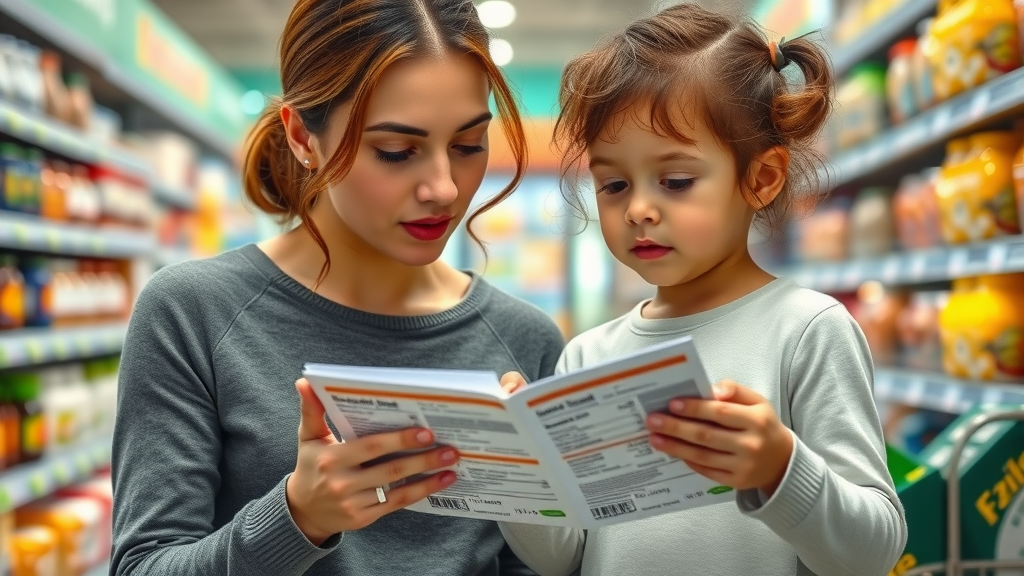
How to Detox Your Personal Care Routine with Non-Toxic Lifestyle Choices
Identifying Toxins in Common Personal Care Items
The journey toward a non-toxic lifestyle often begins in the bathroom. Mainstream personal care products —including shampoos, lotions, and deodorants—are notorious for containing harsh chemicals like parabens, sulfates, and artificial fragrances. These ingredients can cause a range of health issues, from skin irritation to increased cancer risk and hormonal imbalances . The truth is, using these conventional care items exposes families to a steady stream of irritants and toxins every single day.
Paying closer attention to product labels is essential for making informed choices. Opt for products with short, understandable ingredient lists and certifications such as USDA Organic or EWG Verified, which indicate a safer product . Research shows that replacing just a few high-use care products can decrease your body’s total chemical burden in the long run . This not only supports current well-being, but it also minimizes risk for future health concerns—especially in children, who are more vulnerable to toxic exposures.
- Natural deodorants
- Unscented lotions
- Organic shampoos

Eliminating Processed Foods: Central to Non-Toxic Lifestyle Choices
The Impact of Processed Foods on Family Health
Americans’ reliance on processed foods is a leading contributor to rising rates of chronic illness. Packaged snacks, fast foods, and pre-made meals contain preservatives, artificial colors, and toxic additives like high-fructose corn syrup and MSG. These ingredients are linked to serious health problems such as obesity, cardiovascular disease , and metabolic syndrome. For families, moving towards a diet rich in fresh produce, whole grains, and minimally processed foods is one of the most powerful non-toxic lifestyle choices you can make.
Prioritizing home-cooked meals using whole ingredients helps you regain control over what goes on your family’s plates. Even the act of reading labels more critically enables families to make informed choices, gradually eliminating foods with synthetic ingredients and embracing more organic and local options. In doing so, you not only reduce your exposure to harmful chemicals but also create lasting habits that protect your loved ones for generations.
- Read food labels critically
- Cook more meals at home
- Opt for whole ingredients
- Stock the pantry with healthier snacks
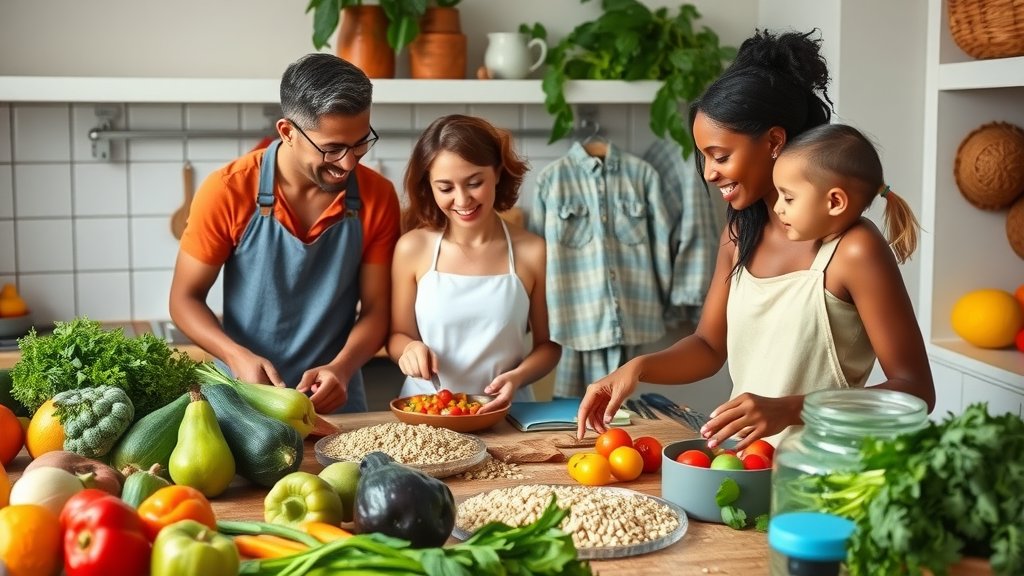
| Toxic Additive | Safer Replacement |
|---|---|
| Artificial colors | Beetroot powder |
| BHA/BHT | Vitamin E (tocopherol) |
| High-fructose corn | Coconut sugar |
| MSG | Seaweed extract |
Home Environment Overhaul: Making Non-Toxic Lifestyle Choices Beyond Consumption
Ditching Harmful Cleaners & Air Fresheners
The typical American home is filled with household cleaners , disinfectants, and air fresheners that contribute to indoor air pollution and can irritate the lungs, skin, and eyes. These products frequently contain harsh chemicals like ammonia, bleach, and synthetic fragrances—ingredients linked to allergies, asthma, and even cardiovascular disease . Eliminating these products in favor of safe ingredient cleaning solutions is a cornerstone of non-toxic living.
Fortunately, non-toxic lifestyle choices extend well beyond what we consume. Simple, effective alternatives such as DIY vinegar and baking soda cleaners , essential oil diffusers in place of aerosols, and reusable microfiber cloths are proven to clean thoroughly without adding harmful volatile organic compounds to your indoor air. By switching to eco-friendly and refillable packaging , families also shrink their environmental impact —building healthier routines for both the household and the planet.
- DIY vinegar and baking soda cleaners
- Essential oil diffusers instead of aerosols
- Microfiber cloths for dust and spills
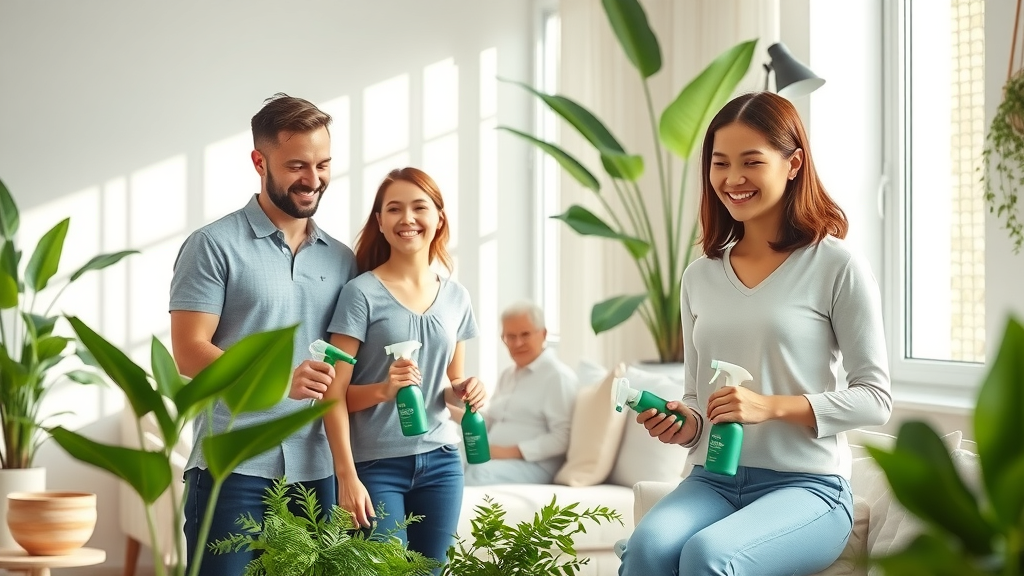
Non-Toxic Lifestyle Choices for Family Wellness: Mindset and Motivation
Building Empowering Habits and Resisting Greenwashing
True transformation begins with the right mindset. Adopting non-toxic lifestyle choices means committing to paying closer attention to marketing claims and resisting the lure of "greenwashed" products. Greenwashing happens when a conventional product is labeled as “natural” or “eco-friendly” without meeting rigorous safety standards. Learning to scrutinize labels, research brands, and seek certified eco products offers families confidence that every swap made is an informed decision.
Creating lasting, empowering habits involves involving every family member in the conversation—teaching children why you avoid certain products and how to spot misleading advertising. Over time, these habits reinforce each decision, from shopping for personal care items to choosing cleaning agents. As you make these conscious choices, you contribute steadily to a safer, healthier environment at home. The opinions expressed by experts are clear: real, lasting change involves small, repeated actions that compound over the long run.
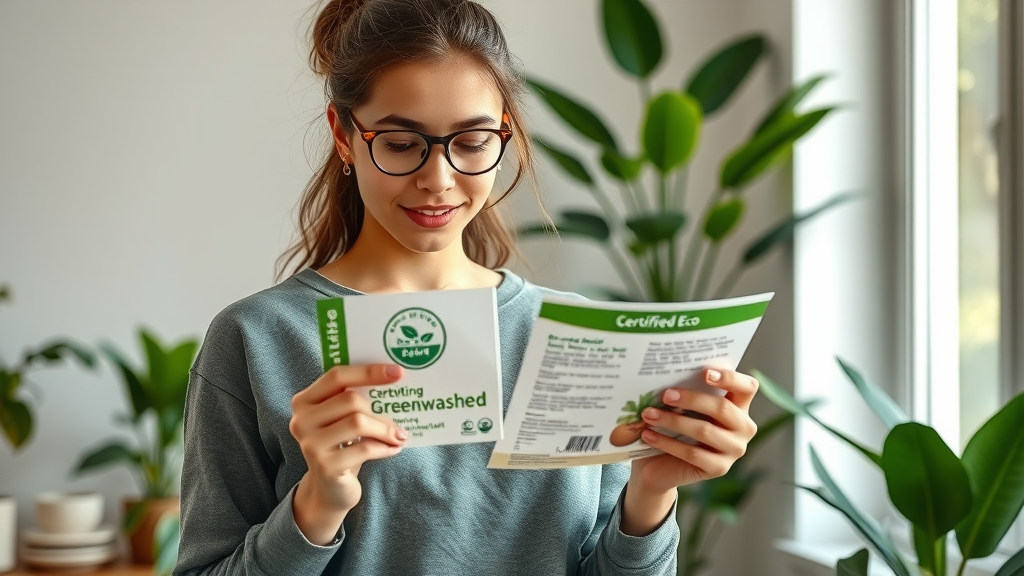
"Real change starts with consistent small steps—non-toxic lifestyle choices compound to build lasting family health."
People Also Ask: Non-Toxic Lifestyle Choices
What are examples of non-toxic lifestyle choices for beginners?
Beginners can start by swapping out plastic food storage containers for glass, choosing personal care products free from parabens and synthetic fragrances, and opting for eco-friendly household cleaners . Cooking meals with whole ingredients and reducing reliance on processed foods are also important first steps. Read labels carefully and prioritize items with simple, natural ingredients.
How do non-toxic lifestyle choices impact children's health?
Children are especially vulnerable to the effects of harmful chemicals because their bodies and brains are still developing. Adopting non-toxic lifestyle choices —like choosing safer personal care products, whole foods, and minimizing environmental exposures—can reduce risks of allergies, skin irritation, hormonal imbalances, and developmental issues. Consistent efforts help establish lifelong healthy habits for kids and support healthier environments at home.
Are there affordable non-toxic lifestyle choices?
Absolutely. DIY cleaners made from vinegar and baking soda are low-cost options and often out-perform mainstream alternatives. Shopping local produce, buying in bulk, and swapping out personal care items one at a time makes non-toxic living more affordable. Remember that reducing processed foods, household cleaners, and adopting reusable options can also save money in the long run.
Checklist: Simple Non-Toxic Lifestyle Choices for Every Family
- Replace plastic food storage with glass
- Buy organic when possible (start with the Dirty Dozen)
- Wash all fruits and veggies before consumption
- Avoid synthetic air fresheners and candles
- Read labels on personal care and cleaning products
FAQs on Non-Toxic Lifestyle Choices
What is the most important non-toxic lifestyle choice I can make?
The most impactful non-toxic lifestyle choice is reducing exposure to harmful chemicals wherever you encounter them most: usually personal care items and household cleaners. Start by replacing high-use products with non-toxic, natural alternatives, and read labels carefully to avoid synthetic ingredients.
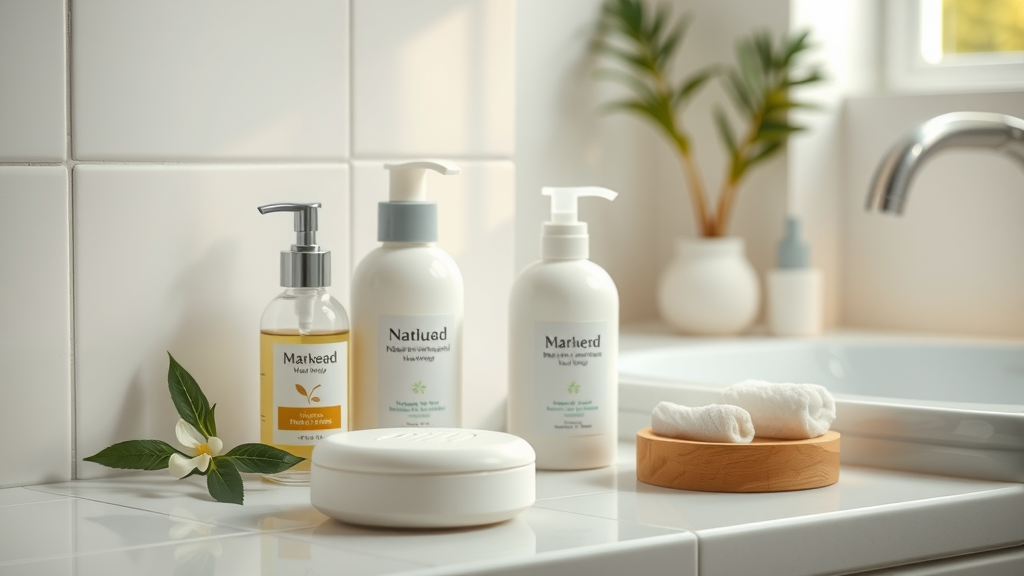
Can I fully eliminate all toxins from my home?
While it is virtually impossible to remove every toxin, you can dramatically lower your family’s exposure by making informed non-toxic lifestyle choices. Focus on areas of largest impact—food, personal care, and cleaning supplies—by reading labels and choosing products without synthetic additives or harsh chemicals.
How do I know if a product is truly non-toxic?
Look for third-party certifications (like the EWG Verified seal), verify that ingredient lists are short and recognizable, and research the brand’s commitment to transparency. Avoid products with vague terms like “fragrance” or unnecessary dyes, and be wary of misleading greenwashing that hides synthetic ingredients.
Expert Insights: How Non-Toxic Lifestyle Choices Empower Families
"Toxic exposures are cumulative. Minimizing them today means a healthier tomorrow for your loved ones."—Board-certified environmental health physician
Leading health experts stress that everyday decisions around personal care products , food, and cleaning agents trickle into our family’s wellness, shaping health outcomes for decades. Prioritize transparency, seek out products that support family health, and act today to make informed choices that matter in the long run.
The environmental impact of your decisions—whether by reducing plastic, choosing refillable packaging, or switching to eco-friendly options—also influences community and planetary health. Consistent, conscious non-toxic lifestyle choices become a powerful ripple, inspiring others and compounding to build a safer world for future generations.
The Power of Every Step: How Consistent Non-Toxic Lifestyle Choices Protect Your Family
Every intentional action, from swapping out plastic containers to cooking with fresh, local foods, signals a commitment to your family’s health and vitality. The ripple effect of even the smallest swaps, like switching to safer personal care products or eliminating processed foods, compounds over time—the foundation of generational wellness.
Empowerment grows with every label read, every refillable bottle purchased, and every new non-toxic habit established at home. Families who embrace this mindset enjoy greater peace of mind and a tangible sense of purpose, knowing that their efforts not only protect immediate loved ones but also foster a healthier world.
Moving Forward: Take Action with Non-Toxic Lifestyle Choices
Ready to safeguard your family’s future? Begin with one simple change today. Schedule your complimentary health profile. Call us at 2816988698
To further enhance your understanding of non-toxic lifestyle choices, consider exploring the following resources:
-
“How to create a non-toxic home – 18 expert steps to detox your living space, including cleaning, decorating and more” : This comprehensive guide offers practical steps to reduce harmful chemicals in your home, covering areas such as cleaning, cooking, air quality, and materials selection. ( homesandgardens.com )
-
“The ultimate guide to non-toxic cleaning products – what to make, shop, use, and avoid at home” : This article provides insights into selecting and using non-toxic cleaning products, including DIY recipes and recommended brands, to maintain a healthy and environmentally friendly home. ( homesandgardens.com )
These resources offer valuable information to help you make informed decisions and implement non-toxic practices in your daily life.
 Add Row
Add Row  Add
Add 


Write A Comment